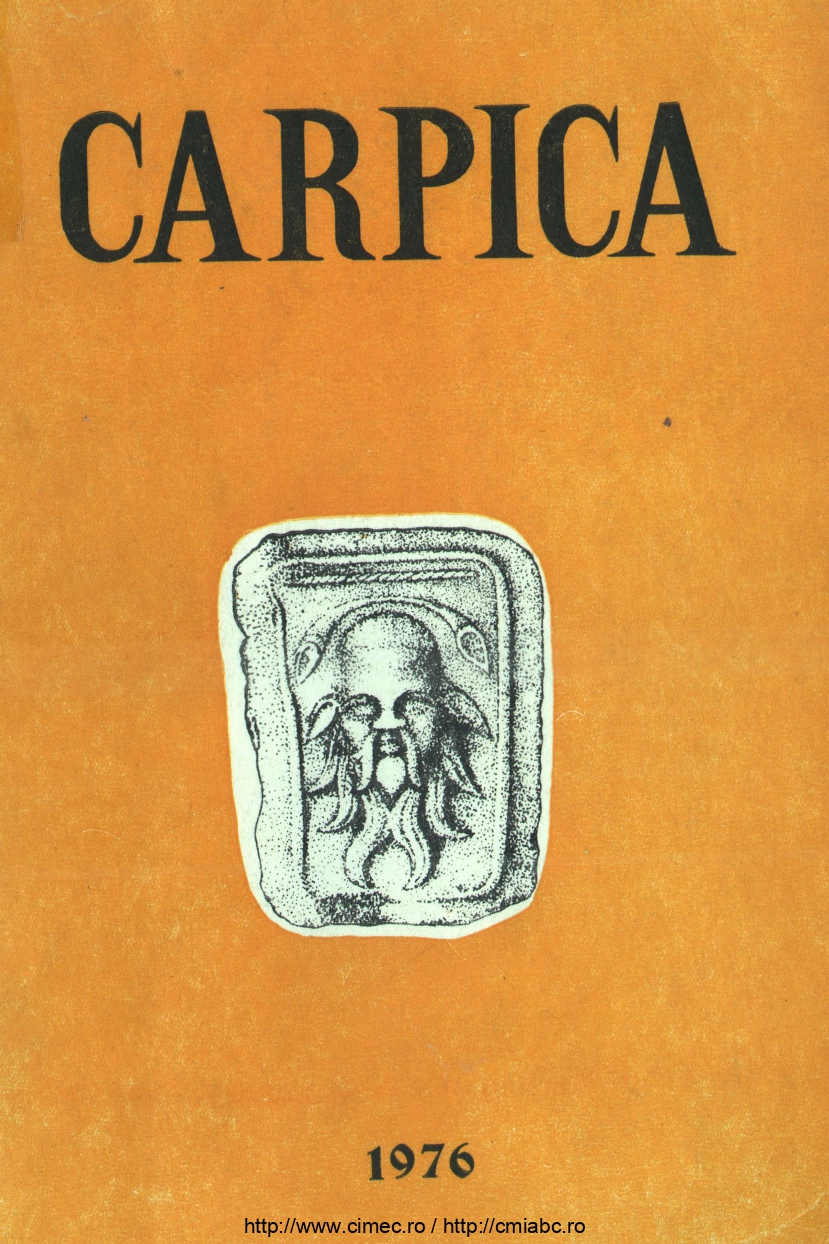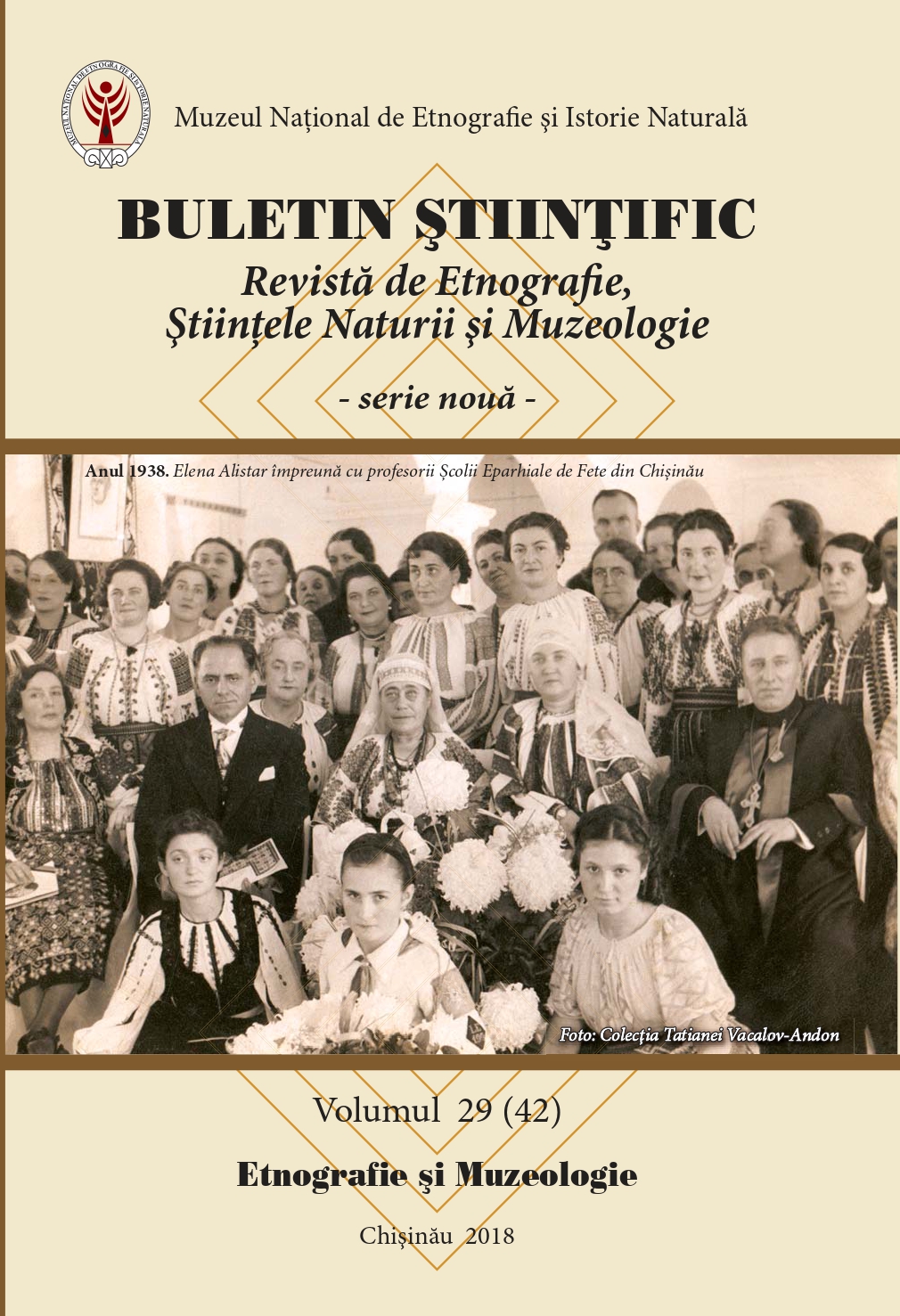Author(s): István Czigány / Language(s): Hungarian
Issue: 4/2018
Thoughts about the characteristics of the Kingdom of Hungary’s defense system against the Ottoman Empire in the 16th and 17th centuries. After the advance of the Ottoman Empire halted at the middle of the Kingdom of Hungary in the late 16th century, the Habsburg Empire, bearers of the Hungarian crown at the time, and the Ottoman Empire both built their own defense systems. The two empires created thousand kilometers long, similarly structured castle systems. The opposing defense lines were balanced in terms of power. Both sides had a force of approximately 20,000 soldiers. The upkeep of this kind of military force was a significant burden on both empires, and they could only secure their system of strongholds, but couldn’t close the border down. The Treaty of Adrianopole (1568) didn’t draw a clear border, it only aimed to determine
the affiliation of the border settlements and the part of the populace that paid taxes to both sides. While the Ottomans ruled over the Christian border area, the Kingdom of Hungary partially reorganized state presence in Ottoman Hungary (royal, palatine, and county rights, and the way noble’s lands were managed) with the help of the military of the border
castles and landowners. A peculiar, “open” border area was created, the size of which depended on how large an area the Hungarian and Ottoman border castles collected taxes from. This system of shared rulership (condominium) and the resulting tax structure became
the main reason behind the skirmishes, raids, and the constant state of border war. The Treaty of Zsitvatorok (1608) regulated taxation by the Hungarian and Ottoman parties in the border area, sometimes even allowing the presence of the other side’s armed forces
within their dominion. This became the norm not only in the border area at this time, but in entire Ottoman Hungary apart from the Temesköz and Szerémség regions. During the early 17th century, due to the Bocskai uprising (1604–1606), and the Western engagements of the Habsburgs, the role of the Hungarian political and military elite, and the armies of the Hungarian aristocracy grew stronger in the governance, financing and military structure of the kingdom’s border areas. Despite the deficiencies of the border castle system, the balance of military power remained intact on the Ottoman border. An important aspect of this was the Hungarian taxation in Ottoman Hungary, and the presence of the soldiers of the border castles.
More...
















